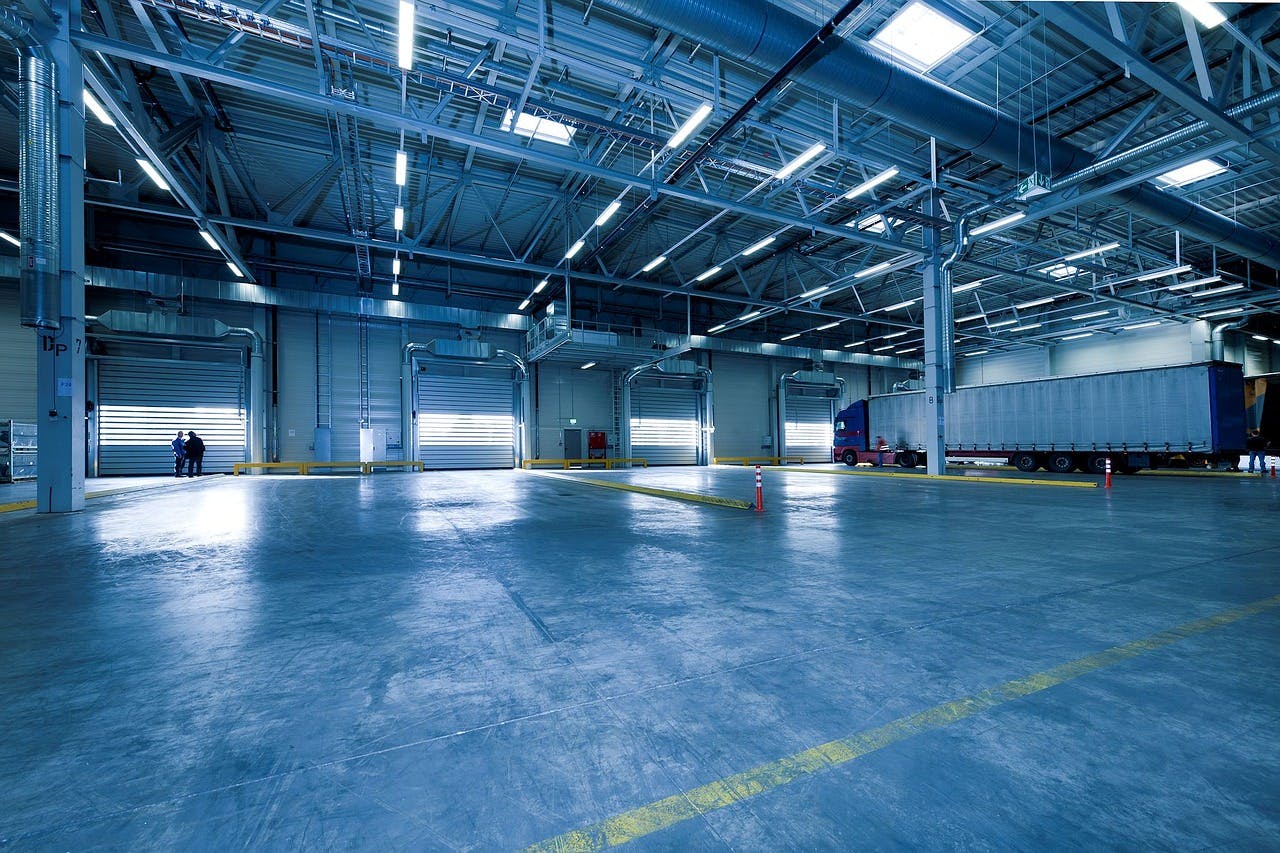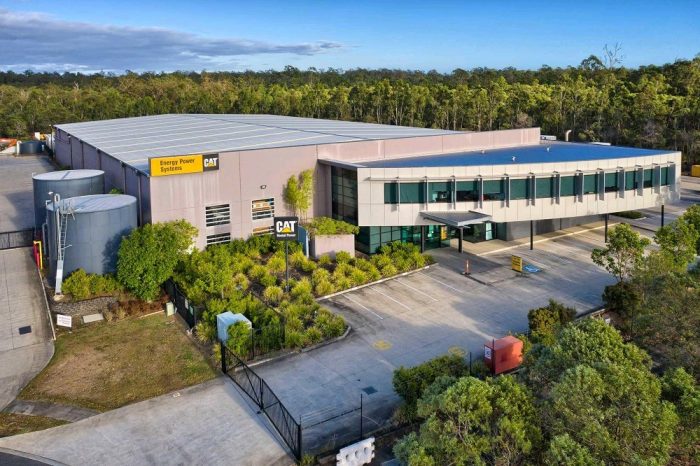Commercial
3 key drivers of the commercial real estate market
Published
04 September, 2019

When behind the wheel, you need to see what’s ahead to know where you’re going. Practical, right? Well, commercial real estate is much the same. The key drivers of the commercial real estate market gives its investors a reasonable outlook for the road ahead.
There are plenty of forces that dictate the commercial real estate market, with political, economic and psychographic influences among the majors.
These influences are better measured by market drivers. They are the underlying force behind the actions of a market and commercial real estate has many. Here we’ll discuss three key drivers:
1. Yields
2. Business confidence
3. Occupancy rates
But first, to bridge the information gap for the uninitiated, let’s define what a driver is.
What is a market driver?
A driver is a principle force that positively influences a market.
When a market driver is present, there is likely to be positive market or industry trends showing. Values may go up and demand may increase.
But when a market driver is absent or weak, there is less force behind the market and thus less good news for property owners or future investors. Values may be low and demand may be soft. (Smart property investors will tell you, this may be a good time to buy.)
In the retail industry for example, a key driver is economic growth. When disposable income increases thanks to economic growth, people spend more and become more brand conscious. But a lack of economic growth usually means less money in consumer’s pockets and less money handed over to cashiers.
Drivers are crucial when monitoring the property cycle. They are what many investors watch when finding their next investment.
Key driver #1 – Yields
Many commercial property investors want income from their investment. Not just a big payoff when they eventually sell it.
This income is called yield and is the annual return of an investment, not inclusive of any capital growth.
Yield is why many who want positive cash flow investments turn to commercial property, as the income returns tend to be much higher than residential property. This is because businesses will pay more per sqm to rent a premises than the average residential tenant will for a house on the street.
Investors can expect annual yields of around 7 per cent and above from their commercial property investment (compared to 1 to 3 per cent from residential).

If investigated, purchased and managed well, commercial property can provide investors yields of 7 per cent and above. [Image: 50 Arc Place, Larapinta QLD, Pathway 14 Unit Trust. 7.65% Return in Year 1]
Yields are not only a driver of commercial real estate. They are also a key indicator of the market.
Property values are inversely related to them. When yields go down (compress or harden), values generally go up.
Key driver #2 – Business confidence
Market commentators often establish their view on the commercial property market by looking to business confidence.
Chambers of Commerce (like Perth’s CCI WA) may conduct surveys with local businesses on how they, on the front line, think the economy will perform in the next 12 months.
If those businesses are confident the economy will be perform better in the coming year, it’s likely they’re seeing a good flow of foot traffic through their doors (if in the retailer sector), plenty of work coming in (if in the industrial sector) or their own investments boasting good returns.
Let’s say you wanted to conduct a broad forecast on how the industrial property market will perform in the coming 12 to 18 months.
It would be smart to see the sentiment of businesses across manufacturing, logistics, transporting and warehousing. If they have confidence the future is bright and the local economy is going to improve, then we have a good indicator that demand for their services will pick up (or already has).

In recent years, there has been a growing need for logistics and transport businesses in Australia to match increased demand from online shoppers. These businesses have become confident in the future of their industry. Industrial land values have increased in line with this business confidence.
We like business confidence because it means more businesses will look for space. And that buoyant demand creates upward pressure on property prices.
Key driver #3 – Occupancy rates
Investors don’t like empty properties. Because the underlying value of a commercial asset is aligned to its tenants, a vacancy is arguably the biggest fear in commercial property investment but one which can be avoided if managed correctly.
Read: [Case Study] Creating value from a vacating commercial tenant
Low occupancy rates (or high vacancy rates) means there are many available properties in that market.
It says that either demand is low (businesses aren’t looking for new premises) or supply is high (there are many new developments or properties to choose from). Or a combination of both.
On the other hand, if a precinct has high occupancy it usually means there aren’t enough leasing opportunities nearby for tenants who are searching for new premises. If you own a property in a precinct with a high occupancy rate, then it’s likely a unique and sought-after property. And it’s also likely your existing tenants have few options for relocation (reducing your risk of vacancy).
There’s no crystal ball in commercial property investment. Past performance is never indicative of future returns. But smart investors can look at key drivers of the commercial real estate market to better understand the road ahead.
For more information on how you can invest alongside experienced commercial property investors, get in touch with Properties & Pathways today.



